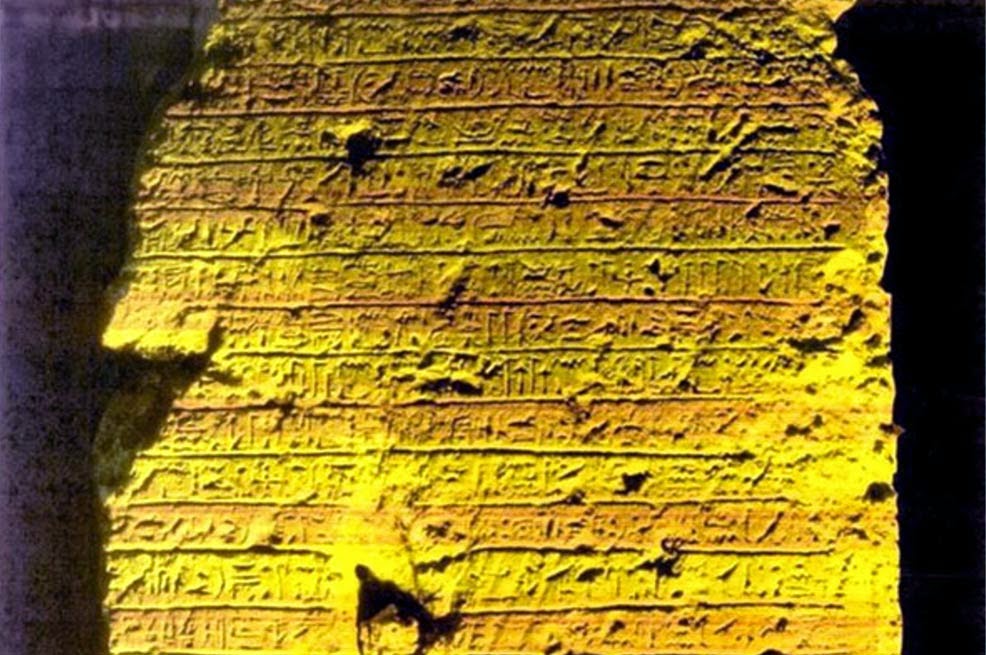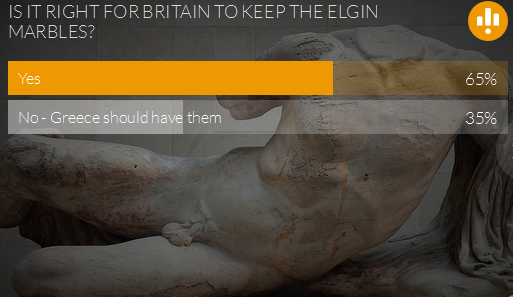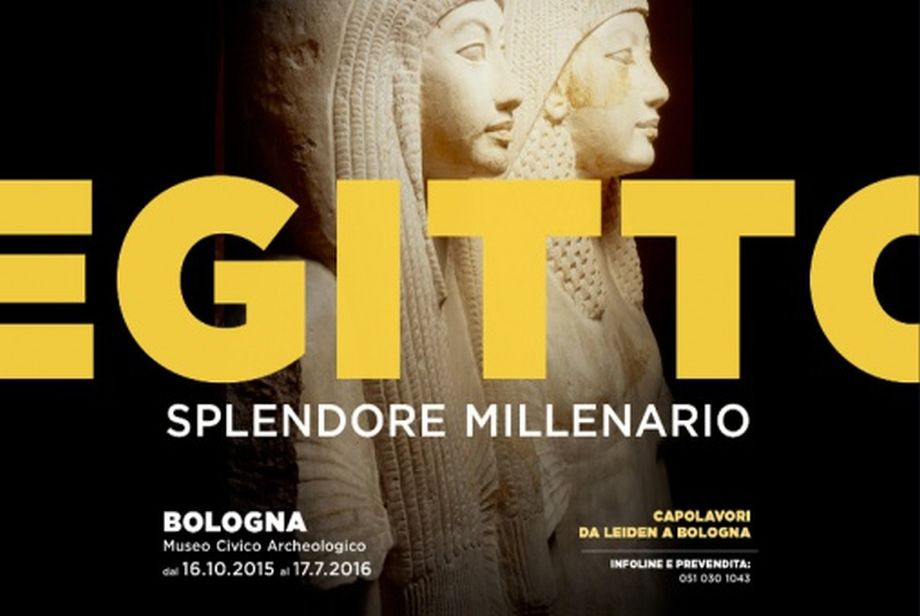The Great London [Search results for Middle East]
Japan: Unique Mosasaur fossil discovered in Japan

East Asia: How China is rewriting the book on human origins

Greenland: Greenland on thin ice?

Early Humans: Modern humans out of Africa sooner than thought

Middle East: FBI warns collectors about ISIS-smuggled antiquities

Genetics: Scientists sequence ancient British 'gladiator' genomes from Roman York

Near East: UNESCO to monitor ancient sites by satellite

Natural Heritage: First global analysis indicates leopards have lost nearly 75 percent of their historic range

Greater Middle East: Rosetta-style inscription unearthed in Egypt

Travel: 'From Ancient to Modern: Archaeology and Aesthetics' at New York University’s Institute for the Study of the Ancient World

Forensics: Five things you can learn from a Roman skeleton

More Stuff: Paris Egypt exhibit holds defiant message for Islamic State

Greater Middle East: Ancient papyri deciphered by armchair archaeologists

Greater Middle East: Tarkhan Dress is the world’s oldest woven garment

Turkey: Turkey to pursue return of Knidos treasures

More Stuff: Telegraph: Greece has no legal claim to the Elgin Marbles

Near East: Should we 3D print a new Palmyra?

Near East: 4,000 year old Egyptian model boat sails away as top selling lot at Bonhams Antiquities Sale

Genetics: DNA analysis reveals Roman London was a multi-ethnic melting pot

More Stuff: 'Egypt: Millennia of Splendour' at the Museo Civico Archeologico in Bologna
